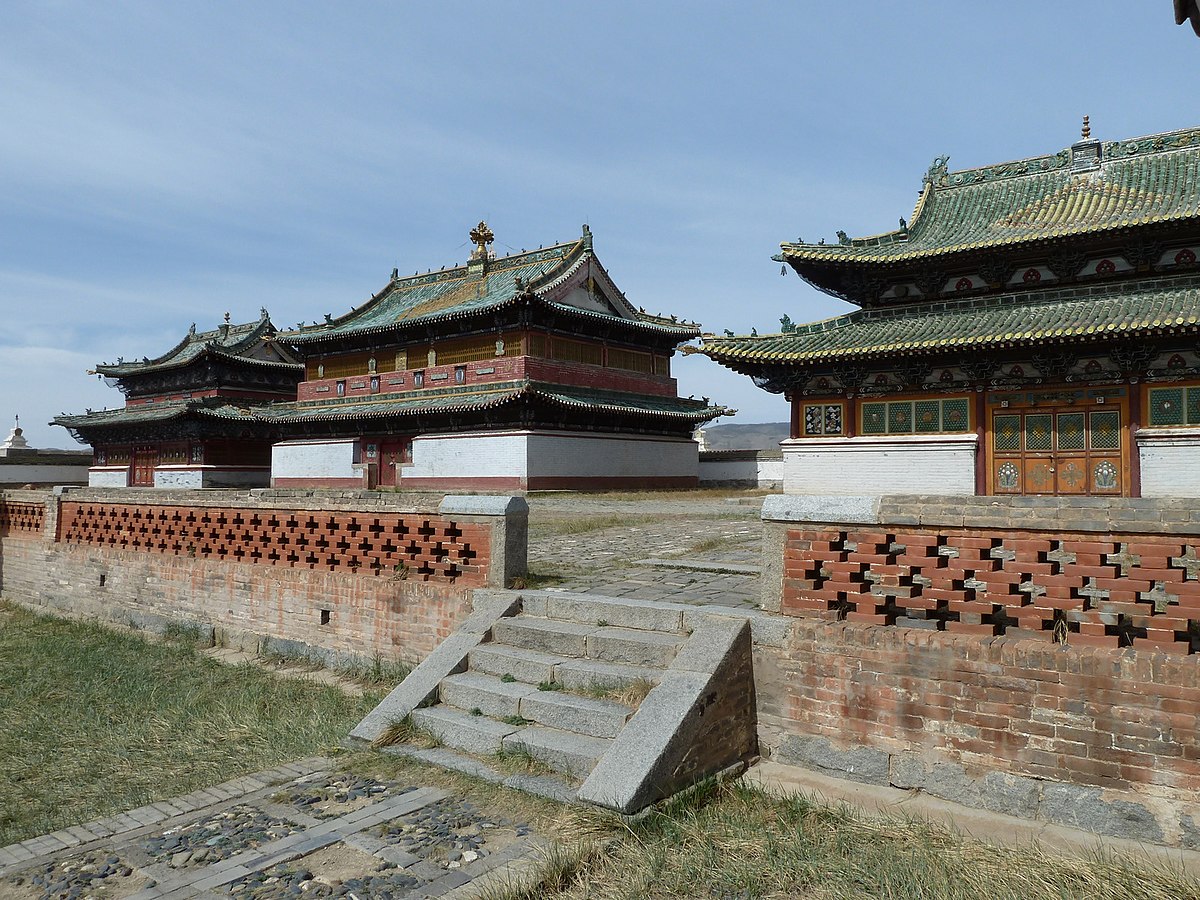Housing the world’s most extensive collection of Chinggis Khaan objects, the Chinggis Khaan Museum places visitors in 13th century Mongolia to understand the storied Emporer within the context of his time.
In addition to focusing on Chinggis Khaan the person and ruler, the museum immerses visitors in the history of Mongolia’s—spanning centuries of peace developing a rich culture of horses, religion, and preserving nature.
The Largest Museum of Its Kind
The museum opened in late 2022 in downtown Ulaanbaatar on the site of the old Natural History Museum. Entirely brand new, the Chinggis Khaan Museum is the largest of its kind, the result of the greatest investment in a museum by Mongolia in the last 30 years.
The building itself is a great testament to the Mongols. The main gates resemble the shape of a Gerege (messengers pass). In Mongolia there’s a saying: “A family that is thriving can be seen from its gate.” The Gerege is a messenger’s pass that grants access to greater things. Once inside, the guests are to walk up the stairs to the third floor. On top of the stairs, there’s a large portrait of Chinggis, as if he’s to take you on a journey through the history of Mongolia.
Following the strict codes of the Mongolian traditions, soil samples from 10 sacred mountain and 21 sacred objects from 21 provinces of Mongolia were placed here during the commencement ceremony for setting the foundation stone. As ritual, this Mongolian tradition asks the spirits of the land to bless the museum.
The architecture is one of a kind. The top part of the museum is shaped like a Mongolian yurt or a ger, with the figure of a golden falcon on top. The front façade of the museum has 5 symbols, belonging to each of the kings who left their names in the history of Mongolia: Ogodei (third son of Chinggis), Tolui (youngest son of Chinggs), Chinggis Khaan, Munkh (grandson of Chinggis/son of Tolui) and Guyug (grandson of Chinggis/ son of Ogodei).
The museum has a total of 9 floors with more than 10,000 exhibits. More than 85% of the exhibits are original. Each floor has different periods of history and chronologically displays its exhibits, stanning from the Bronze age to the early 20th century.

















